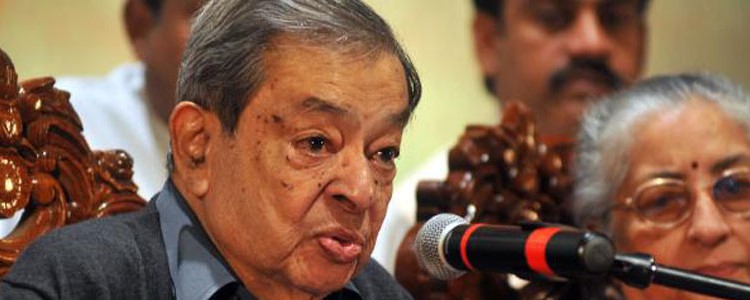“Accidental India”, Shankkar Aiyar
I read Accidental India last year. I enjoyed it since it visited parts of Indian history, linking it to the present. A narrative that can be done over and over again, to be in step with contemporary issues. The chapters were easy to read and accessible. I particularly liked the chapter on Verghese Kurien, father of the White Revolution who set up Operation Flood. (He passed away last year. This was his last interview.) A gentleman whom I met some years ago, but this chapter brings out the unwavering support Kurien had despite the blocks set up by politicians ( and academics). Kurien managed to negotiate this minefield and made his project a success. When he began the Amul story, at the time in India it was impossible to get fresh milk, butter and baby food. Stories of having to eat rancid butter, better still making white butter at home was the norm. Today pasteurized milk and the milk trains are taken for granted. This is an extraordinary story. One of the biggest success stories of post-Independence India. It needs to be told over and over again.
Shankkar Aiyar was with the Indian Express when he broke the news in July 1991 that “crates of gold were being furtively unloaded from the dull grey vans of the Reserve Bank of India (RBI) into the loading bays of a heavy-bellied cargo aircraft. The country had only enough foreign exchange to pay for seven days of imports and had therefore secretly pledged 47 tons of gold from its reserves to the Bank of England to borrow $400 million to pay its creditors.” This low point in the history of India, let to the then finance minister, Manmohan Singh announcing the New Economic Policy. The author’s premise in this book is that it is a concatenation of events that resulted in the big success stories of post-Independent India. Curiously his chapter titles are borrowed from books that have been bestsellers worldwide — Das Kapital (nationalisation of banks); The Hunger Games ( the Kamraj Plan and the Green Revolution); the Milky Way (Operation Flood); the Da Vinci Code ( RTI Act and Aruna Roy’s Mazdoor Kisan Shakti Sangathan movement) etc.
My only reservation is with the title. It left me a little uncomfortable. It has a negative ring to it. It remindes me of what I used to hear many years ago, “Oh India. It is not worth it. We can never achieve anything. Look at what those abroad are doing.” It was only when I began to read vast amounts of our history, engage in research, speak to people etc that I realized we were not exactly so bad as a nation. We did good. Despite the rampant corruption and mistakes made, we also have had amazing visionaries steering it through. Seriously, sometimes when I read the Constitution of India or read the policies instituted at the time of Independence, I am stunned at the immense vision of those who conceived these documents. When I mentioned this to the author in an e-mail exchange, this is what he wrote:”The title has ruffled quite a few feathers but its my informed thought that India cannot blunder along with over one billion hopes waiting for fruction. My quarrel with the political leadership is not about what India could not do but what it could do but did not do.” (Reproduced with permission.)
Here is an interview between the author and publisher, David Davidar, Aleph Book Company. http://www.youtube.com/watch?v=qTTXgqeynM0&feature=player_embedded
It is a book that I liked dipping into. Maybe it should be pitched at schools for their libraries too.
5 June 2013
Shankkar Aiyar Accidental India Aleph Book Company, An independent publishing firm promoted by Rupa Publications India, New Delhi, 2012. Hb. pp. 360 Rs. 695




